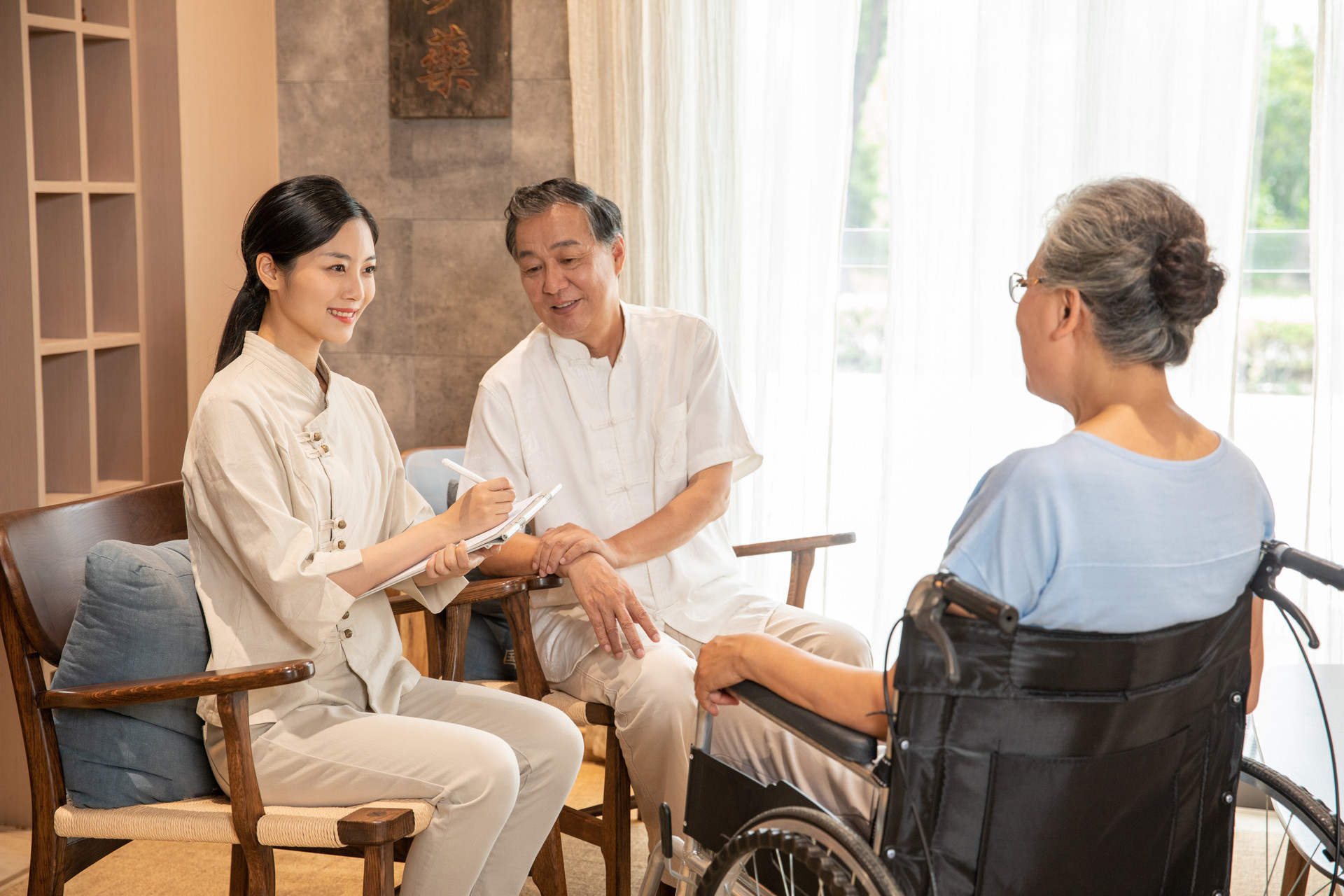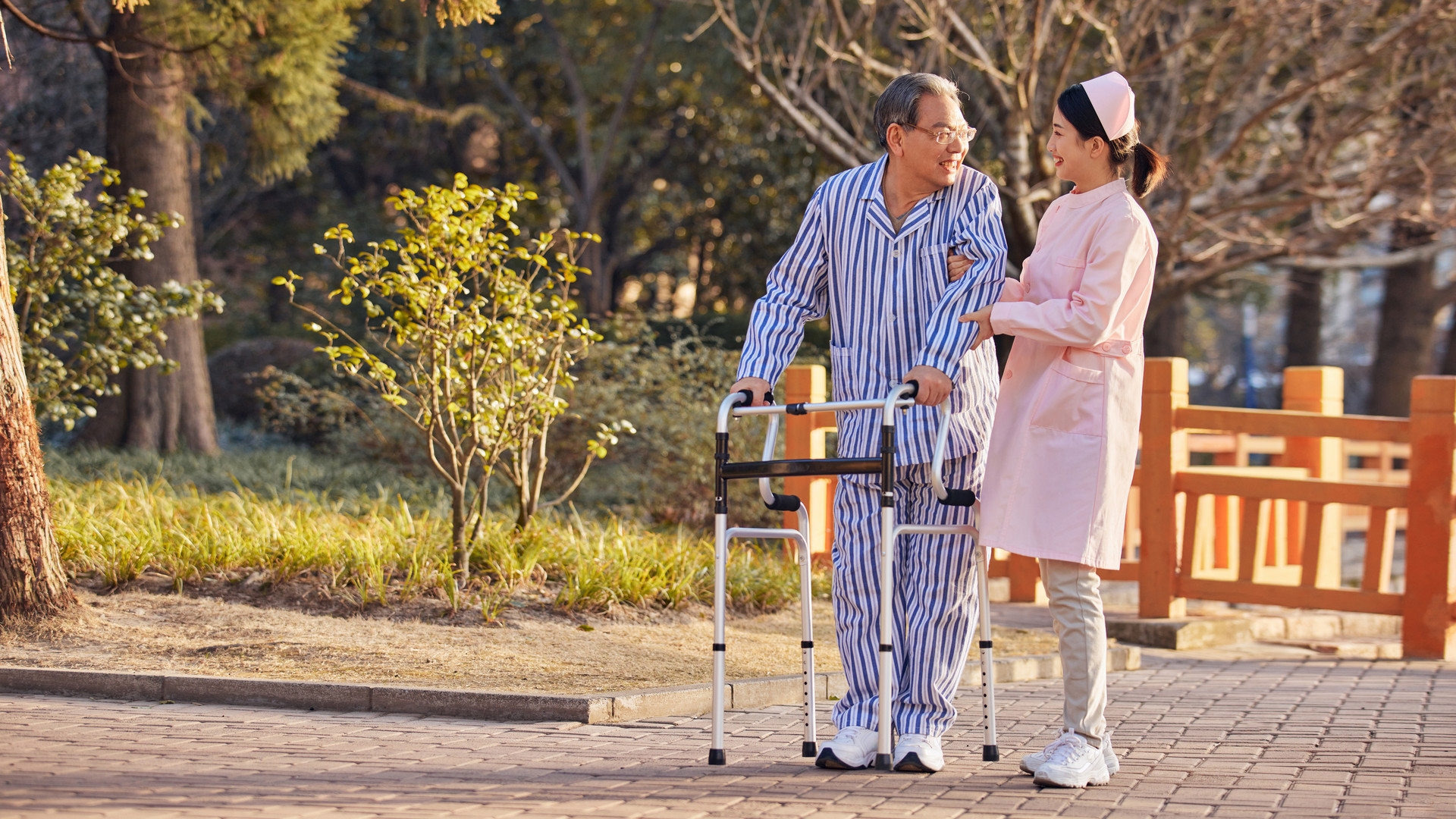The sleeping positions mainly include supine position, right lateral position, left lateral position, and prone position.
In the supine position, there is maximum contact between the body and the bed, which reduces fatigue and promotes blood circulation to the limbs and brain. However, some elderly people, especially those who are obese, tend to snore while in the supine position. Severe snoring is characterized by loud snoring and nasal breathing, which not only disturbs others' rest but also affects gas exchange in the lungs, leading to hypoxemia.
In the right lateral position, the outlet of the stomach is positioned downward, which facilitates the emptying of gastric contents. However, this position may compress the right limbs, impeding blood flow and causing discomfort such as numbness and pain.
The left lateral position not only compresses the left limbs during sleep and slows down gastric emptying but also places the maximum pressure on the heart within the chest cavity, which is unfavorable for blood supply to the heart.
The prone position can affect breathing and disrupt blood circulation in the facial skin, leading to premature aging of the skin.
Therefore, elderly people should avoid sleeping in the left lateral and prone positions, and it is preferable for them to sleep in the supine or right lateral position. Elderly individuals who are prone to snoring or have gastritis, indigestion, or gastric prolapse are advised to choose the right lateral position.












